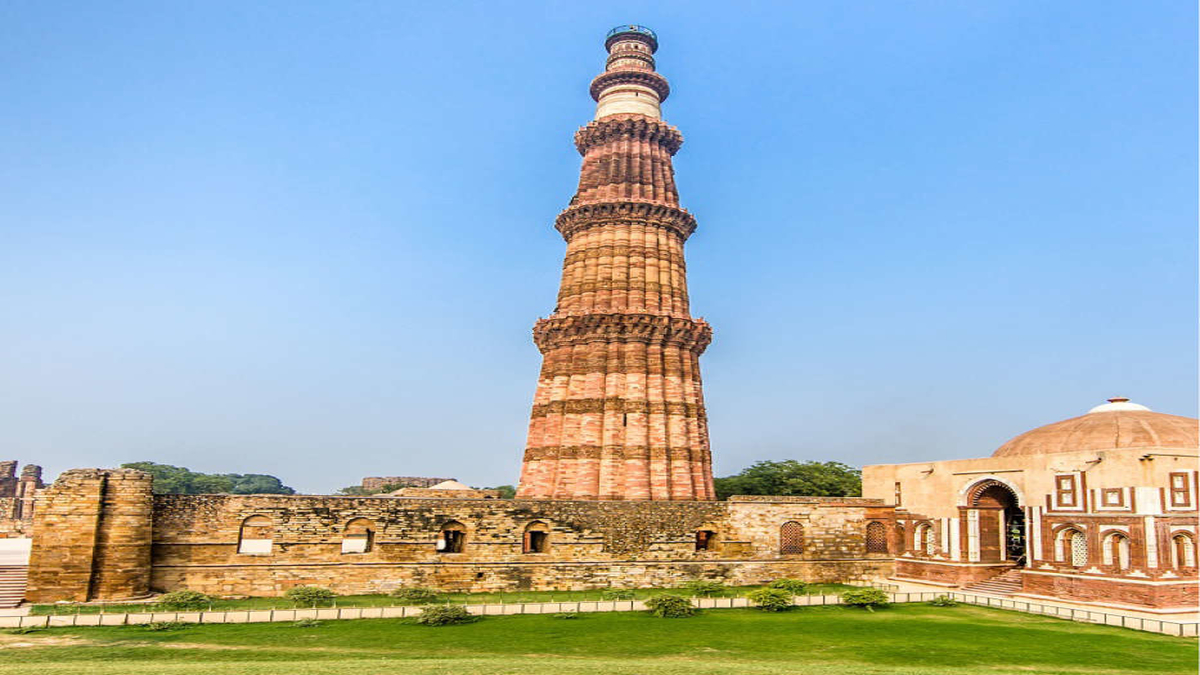


The Archeological Survey of India (ASI) has not yet taken any decision regarding the restoration of 27 Jain and Hindu temples in the Qutub Minar complex. A few weeks back, a Delhi court issued a notice to the Union of India and ASI and others to seek the restoration of 27 temples in the Qutub Minar complex in Mehrauli.
“There has been no development on this matter at present. We do not know what steps are to be taken further by the higher authorities and which department would look into this matter. Although the court issued the notice a few weeks ago, it is too early to comment on anything,” an archaeologist from the ASI told The Sunday Guardian.
On 29 November last year, civil judge Neha Sharma, while dismissing the lawsuit, said, “Nobody has denied that wrongs were committed in the past, but such wrongs cannot be the basis for disturbing the peace of our present and future.” The lawsuit states, “The suit was filed to preserve and protect the religious and cultural heritage of India and to exercise the right to religion guaranteed by Article 25 and 26 of the Constitution of India by restoring 27 Hindu and Jain temples with respective deities, which were dismantled, desecrated and damaged under the command and orders of Qutub-Din-Aibak, a commander of the invader Mohammad Ghori, who established a slave dynasty and raised some construction at the same very place of the temples, naming it as, Quwwat-Ul-Islam Mosque.” The court also referred to the Places of Worship Act, 1991, which states, “the religious character of a place of worship existing on the 15th day of August 1947, shall continue to be the same as it existed on that day.” To this, an appeal has been moved against the order of the civil judge, and the Additional District Judge Pooja Talwar accepted the appeal filed by Advocates Hari Shankar Jain, Ranjana Agnihotri, and Jitender Singh Vishen, Jain deity Tirthankara Lord Rishabh Dev, and Lord Vishnu (Principal Deity, Temple Complex), and the next hearing date is on 11 May. Advocate Vishnu Shankar Jain and Amita Sachdeva represented the appellant.
The establishment of the Quwwat-ul-Islam Mosque (Might of Islam) has a long history. The construction of the mosque began in 1193 AD by Qutbuddin Aibak of the Mamluk Dynasty and was completed in 1197 AD. History states that the rectangular courtyard, 43.2 metres by 32.9 meters, is enclosed by cloisters, which were erected by Qutbuddin Aibak with the carved columns and other architectural elements of 27 Hindu and Jain temples. In front of the prayer hall, a large stone screen with five tall arches was erected, giving the structure an Islamic feel. The screen is wonderfully carved, with inscriptions and geometric and arabesque motifs around the edges.
On visiting Quwwat-ul-Islam Mosque in the Qutub Minar complex, The Sunday Guardian observed the remnants of Hindu and Jain temples, as well as the enormous masjid gate. The correspondent also followed the small designs of Hindu temples along with the ruins and remains of various Hindu gods and goddesses, including Lord Shiva, Saraswati, Lakshmi, Ganesha, and a meditating Jain Lord Buddha sculpted on the pillars. Similarly, mandir bells, Kalash, Surya devta, and so on were also engraved on the pillars, indicating the prominence of Hinduism at the time. The ruins of Hindu architecture also determine the skilled Hindu craftsmen.
As per Asian Historical Architecture, the Quwwat-ul-Islam mosque commemorates the Muslim conquest of India. It is made of red sandstone, grey quartz, and white marble, although it is likely inspired by the nearby iron “Pillar of the Law.” It is the sole section of the temple that still survives in its original place, having been built during the Mauryan era in the 6th century. When Qutub built the mosque around it, despite being built of iron, it remained rust-free for nearly 1,500 years, demonstrating the superior metallurgical abilities of the Mauryan empire. However, the mosque was expanded by his son-in-law, Altamash, or Illtutmish.
The board outside the mosque clearly states, “Subsequently, the mosque was enlarged by two later rulers, Shamsuddin Iltutmish (AD 1211-36) and Alauddin Khilji (AD 1296-1316). The screens of these two sultans are carved with purely Islamic motifs abounding in geometric patterns.”
The author, and Prof Saiyid Zaheer Husain Jafri, told this correspondent, “One can see the excavations and the materials that have been used in the construction of the mosque. The disfigurement of various images is evident on the site. The archaeologists have explored all the historical aspects of Qutub Minar to the full extent.”